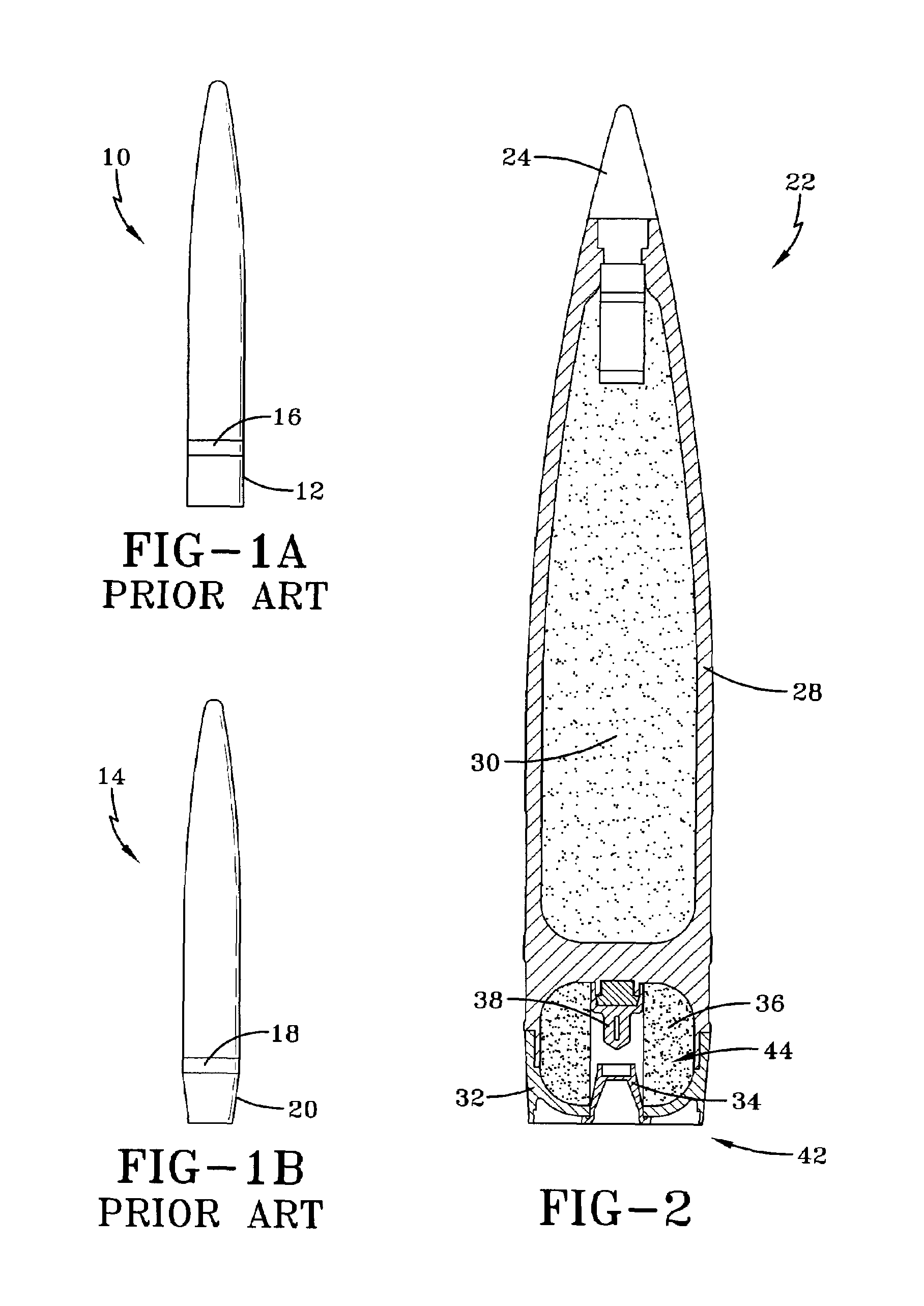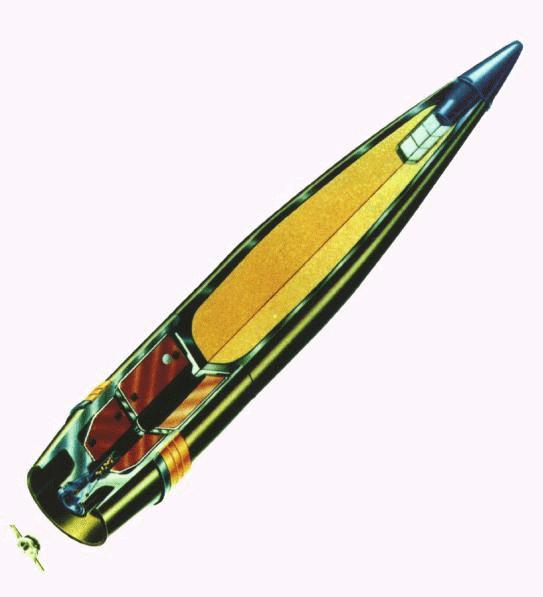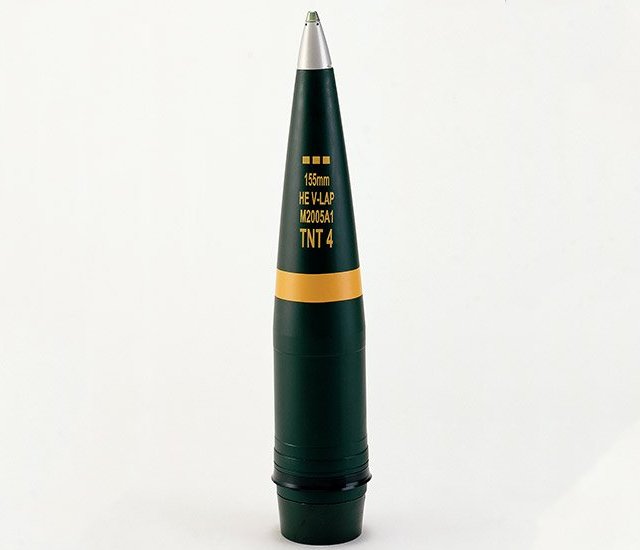South African
defence company Rheinmetall
Denel Munition (RDM) has reported that it has successfully qualified its 155 mm calibre
M2005 Velocity Enhanced Artillery Projectile (VLAP). This is a longer-ranged enhancement of the company’s Assegaai series of 155 mm artillery rounds. The qualification was done on behalf of an international client.
“The 155 mm Assegaai series has global significance in the field of artillery ammunition and consists of different projectile variants, covering the requirements of most users in
training and combat today,” noted RDM CEO
Norbert Schulze. In its press release, the company affirmed that the qualification of the VLAP had “once again entrenched RDM’s position as world leader in the field of artillery”.
Full rate production of the
M2005 is already under way, and the customer has received its first consignment of the new shells. It is compatible with 39-calibre, 45-calibre and 52-calibre guns of both North Atlantic Treaty Organisation (Nato) and non-Nato
design. (39-calibre means the gun barrel is 39 times the length of its calibre: in this case, 39 x 155; so, likewise, 45 x 155 and 52 x 155.)
The Assegaai
M2005 VLAP is fitted with a rocket motor and a fixed base-bleed unit, both of which function outside of the barrel. Although the
M2005 has the same
aero-ballistic characteristics and profile as all the other members of the Assegaai family, the extra thrust provided by the rocket affects its external ballistics. Consequently, the company has developed and provides separate range tables for the VLAP.
The VLAP benefits from the inter-operability of the base-bleed and rocket motor. The qualification showed that this inter-operability had been optimised in the
M2005.
The tests necessary to achieve qualification were carried out in
South Africa during the second half of last year.
Environmental testing was carried out at RDM’s own test facilities. The qualification and range table-calculation firings took place at
Armscor’s Alkantpan range in the Northern Cape and at
Denel’s Overberg Test range in the
Western Cape.
At Overberg, the VLAP achieved a maximum range of 57 km. Adjusted for climatic conditions at sea level, the range was 54 km.
Ihan samanlaista menoa K9 ei tunnu tarjoavan.


 määrä. Onneksi Suomalaiset kuitenkin hankkivat sentään vähän enemmän, ollaan onnellisia.
määrä. Onneksi Suomalaiset kuitenkin hankkivat sentään vähän enemmän, ollaan onnellisia.


